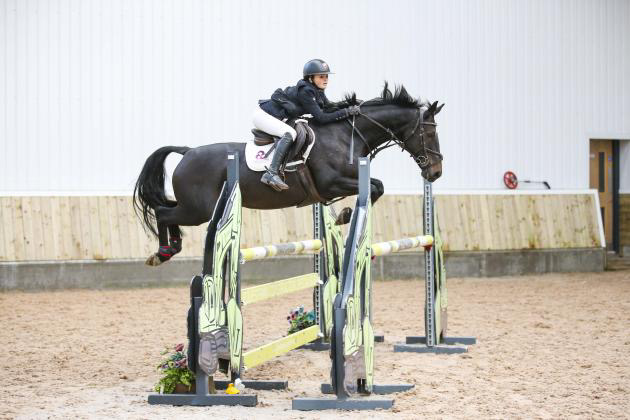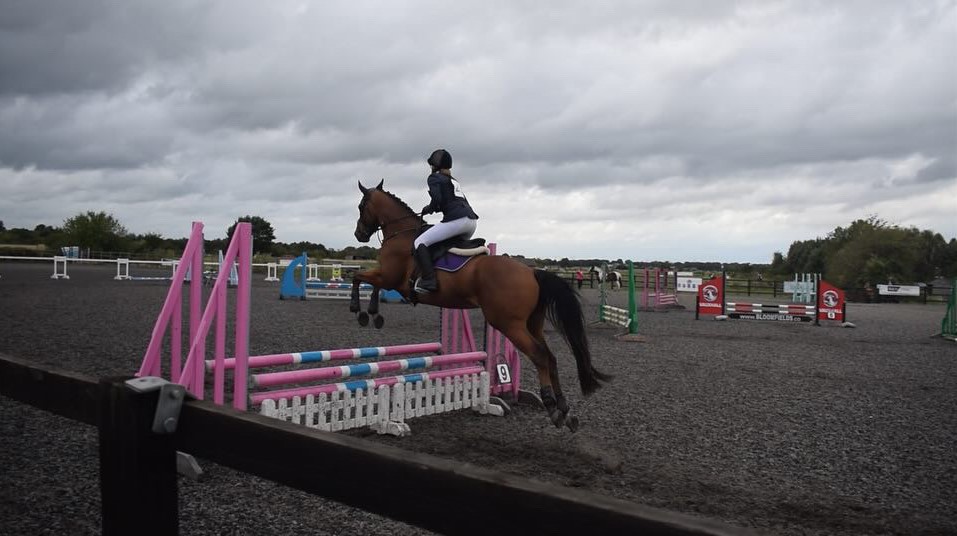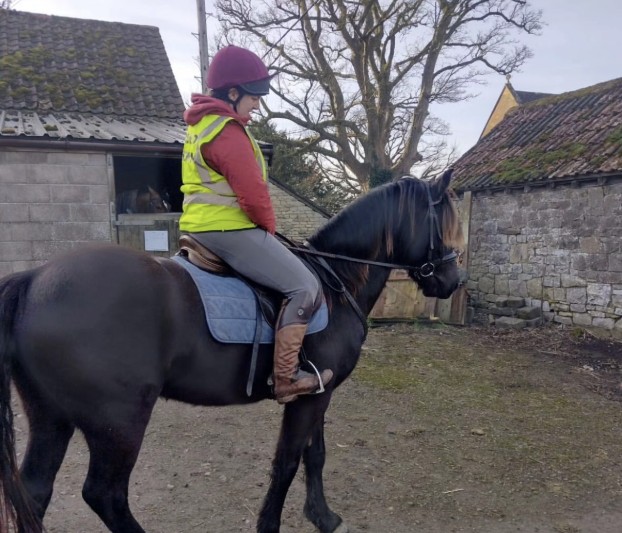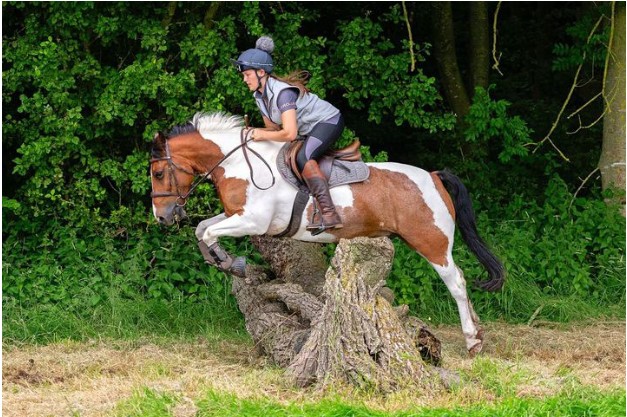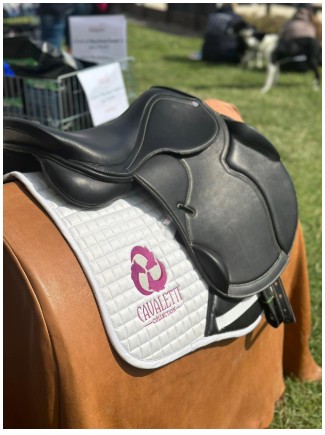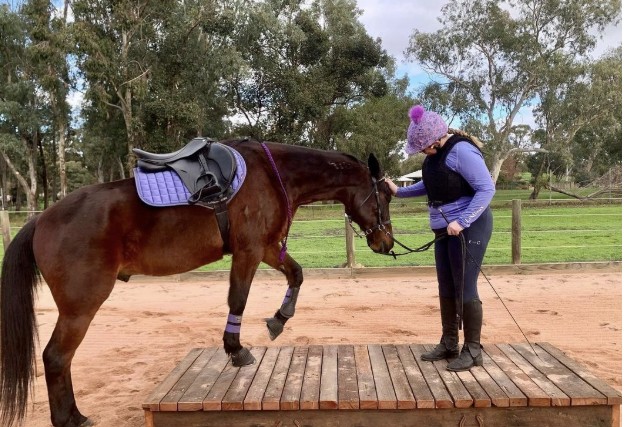20 Show Jumping Tips To Excel In Your Jumps
20 Show Jumping Tips To Excel In Your Jumps
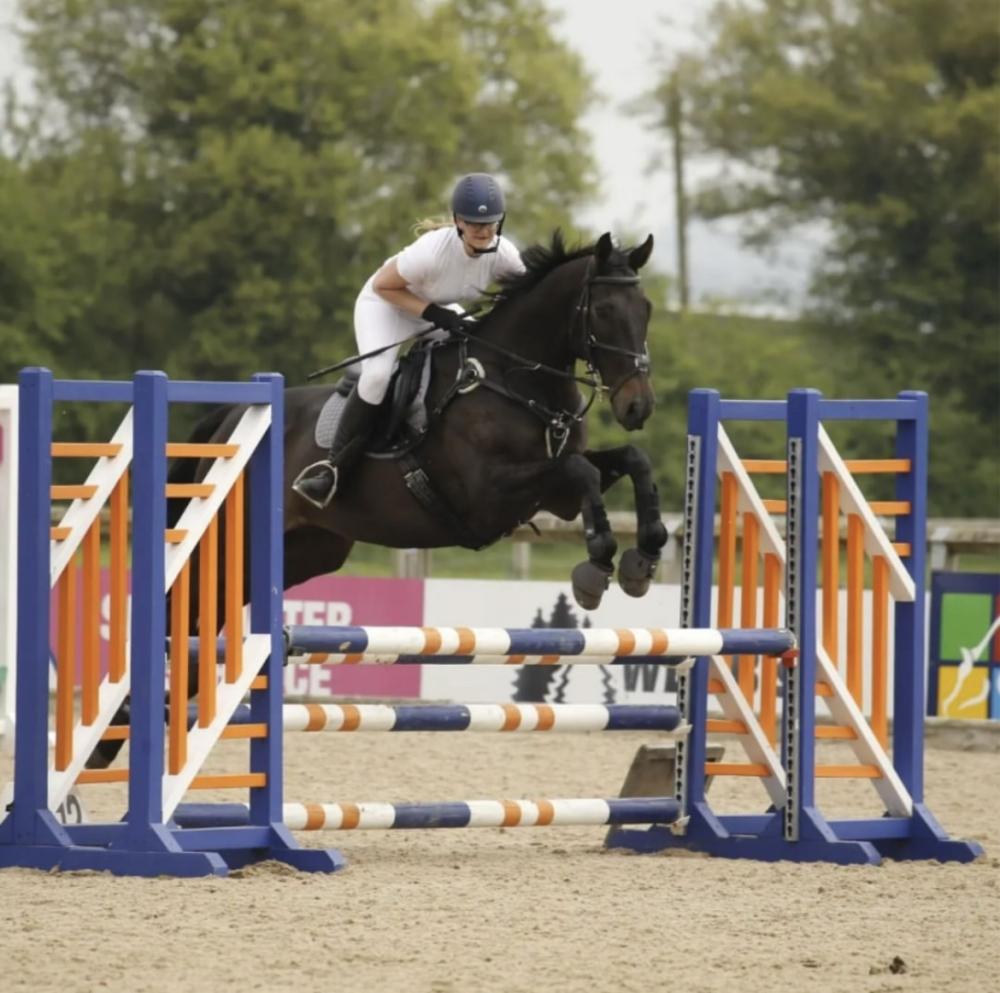
What is Show Jumping?
Show jumping, an exhilarating equestrian sport, captivates both participants and spectators alike with its blend of athleticism, precision, and partnership between horse and rider. In this dynamic discipline, horse and rider teams navigate a course filled with a variety of jumps, aiming to clear them flawlessly while racing against the clock. Show jumping is not only a competitive sport but also a captivating form of entertainment, featuring prominently in prestigious horse shows, international competitions, and the Olympic Games.
At its core, show jumping requires harmony between horse and rider, as they tackle a sequence of obstacles designed to test their agility, speed, and accuracy. These obstacles, or jumps, come in various shapes and sizes, including verticals, spreads, oxers, combinations, and occasionally, more challenging features like water jumps and walls. The complexity of the course can vary, with judges or course designers adjusting factors such as jump height, width, and placement to create a demanding yet fair challenge.
For competitors, success in show jumping hinges on a combination of factors, including skilful riding, effective communication with the horse, and strategic decision-making. Riders must maintain balance and control while guiding their horses through the course, adjusting their speed and direction to approach each jump accurately. Clearing the jumps cleanly is paramount, as penalties are incurred for faults such as knocking down rails, refusals, and exceeding the time allowed for completion.
Achieving mastery in show jumping requires dedication, discipline, and a deep understanding of the sport's intricacies. Riders must cultivate a strong bond with their horses, fostering trust and cooperation to navigate the course smoothly. This partnership extends beyond mere physical cues; it involves a mutual understanding and respect that enables horse and rider to anticipate each other's movements and respond effectively to the challenges presented on the course.
Technical proficiency is also crucial in show jumping, as riders must possess impeccable riding skills and precise timing to execute jumps with finesse. They must be adept at reading the course, analyzing distances between jumps, and making split-second decisions to adjust their approach as needed. Additionally, riders must demonstrate mastery of various riding techniques, including proper position, balance, and use of aids, to guide their horses effectively and maintain optimal performance throughout the course.
Show jumping competitions showcase the diversity of the equestrian world, attracting participants from all backgrounds and levels of experience. From seasoned professionals to aspiring amateurs, riders of all ages and skill levels can enjoy the thrill of competing in this dynamic sport. Moreover, show jumping events offer spectators a thrilling spectacle, as they witness the power and grace of these magnificent animals and the skilful manoeuvres of their riders.
Our Top 20 Show Jump Tips
Whether you're a seasoned competitor or just starting, mastering the art of show jumping requires dedication, practice, and a strategic approach. To help you excel in this dynamic discipline, we've compiled our top 20 show jump tips. From perfecting your position to strategizing your course approach, these tips will enhance your performance and boost your confidence in the arena.
-
Develop a Strong Foundation:
Before diving into show jumping, ensure both you and your horse have a solid foundation in basic riding skills. Focus on mastering the fundamentals of position, balance, and control.
-
Establish Clear Communication:
Cultivate a strong bond with your horse based on clear and consistent communication. Practice subtle aids and cues to effectively guide your horse over jumps.
-
Master the Basics:
Dedicate time to mastering basic flatwork exercises such as transitions, circles, and lateral movements. A well-rounded flatwork foundation is essential for success in show jumping.
-
Practice Gridwork:
Incorporate gridwork exercises into your training routine to refine your horse's jumping technique and improve your ability to ride lines and distances accurately.
-
Work on Adjustability:
Develop your horse's adjustability by practising lengthening and shortening strides. This skill is crucial for navigating various types of jumps and distances effectively.
-
Focus on Straightness:
Approach jumps on straight lines to ensure a clear and accurate takeoff. Straightness is key for maintaining balance and alignment over fences.
-
Maintain a Consistent Rhythm:
Establish a steady rhythm and pace throughout your course to promote smooth and flowing rounds. Consistency in your horse's stride is essential for timing and accuracy.
-
Visualize Success:
Mental preparation is just as important as physical training. Visualize successful jump rounds in your mind before entering the arena to build confidence and focus.
-
Know Your Course:
Study the course layout and plan your approach to each jump accordingly. Familiarize yourself with the course's technical challenges and strategize your ride accordingly.
-
Warm Up Properly:
Prioritize a thorough warm-up routine for both you and your horse to prepare your bodies and minds for the demands of show jumping. Warm muscles are less prone to injury and perform more effectively.
-
Stay Relaxed:
Tension in the saddle can negatively impact your horse's performance. Focus on staying relaxed and composed, allowing your horse to move freely and confidently.
-
Focus on Quality over Quantity:
Quality training sessions are more valuable than simply logging hours in the saddle. Focus on purposeful practice and prioritize quality over quantity.
-
Evaluate Your Performance:
Take the time to review your performance after each training session or competition. Identify areas for improvement and set specific goals to work towards.
-
Seek Professional Guidance:
Invest in lessons with a qualified coach or trainer to receive personalized feedback and guidance. An experienced instructor can help you identify weaknesses and refine your skills.
-
Develop Mental Toughness:
Show jumping can be mentally challenging, especially in high-pressure situations. Cultivate mental toughness and resilience to stay focused and confident under pressure.
-
Stay Patient and Persistent:
Progress in show jumping takes time and dedication. Stay patient and persistent in your pursuit of improvement, and celebrate the small victories along the way.
-
Build Trust with Your Horse:
Foster a strong bond and mutual trust with your horse through consistent training and positive reinforcement. A trusting partnership is the foundation for success in show jumping.
-
Stay Grounded:
Avoid getting caught up in outcomes or results and instead focus on the process of continuous learning and growth. Stay grounded in your approach and maintain perspective.
-
Take Care of Your Horse:
Prioritize your horse's well-being by providing proper care, nutrition, and veterinary attention as needed. A healthy and happy horse is essential for peak performance.
-
Enjoy the Journey:
Show jumping is as much about the journey as it is about the destination. Embrace the challenges, successes, and camaraderie of the sport, and enjoy every moment spent with your horse in the arena.
Show jumping is a thrilling and rewarding sport that offers endless opportunities for growth and achievement. By incorporating these top 20 show jump tips into your training regimen and mindset, you can elevate your performance and take your riding to new heights.
Whether you're aiming for the winner's circle or simply striving to improve, remember to stay focused, stay positive, and above all, enjoy the journey of show jumping with your equine partner!






